Wheat flour has been known for a long time around the world. There are also various types and varieties of wheat flour. The word “terigu” itself is derived from the Portuguese word “trigo,” which means wheat. This is because wheat flour is made from finely ground wheat.
Wheat flour is rich in nutrients. These nutrients are retained when wheat flour is processed into other food ingredients. However, consuming too much wheat flour can also pose risks.
Not only in Indonesia but also in many countries, especially those where bread is a daily staple, wheat flour is consumed. Some countries have become major wheat exporters worldwide. These countries include the United States, Canada, Russia, and Australia.
The content of wheat flour
As a staple food, wheat flour is indeed rich in nutrients. Here’s a list of nutrients found in 100 grams of wheat flour:
- Energy: 365 kcal
- Protein: 8.9 grams
- Fat: 1.3 grams
- Carbohydrates: 77.3 grams
- Calcium: 16 mg
- Phosphorus: 106 mg
- Iron: 1 mg
- Vitamin B1 (Thiamin): 0.12 mg
- Vitamin B2 (Riboflavin): 0.47 mg
- Fiber: 0.3 grams
- Water: 11.8 grams
In addition to containing a significant amount of carbohydrates, wheat flour also contains protein in the form of gluten. The presence of gluten sets wheat flour apart from other types of flour. Gluten is a compound in wheat that is elastic and stretchy, and it plays a crucial role in determining the quality of food produced from it. The higher the gluten content, the higher the protein content in the wheat. The gluten content in wheat varies depending on the type of wheat used.
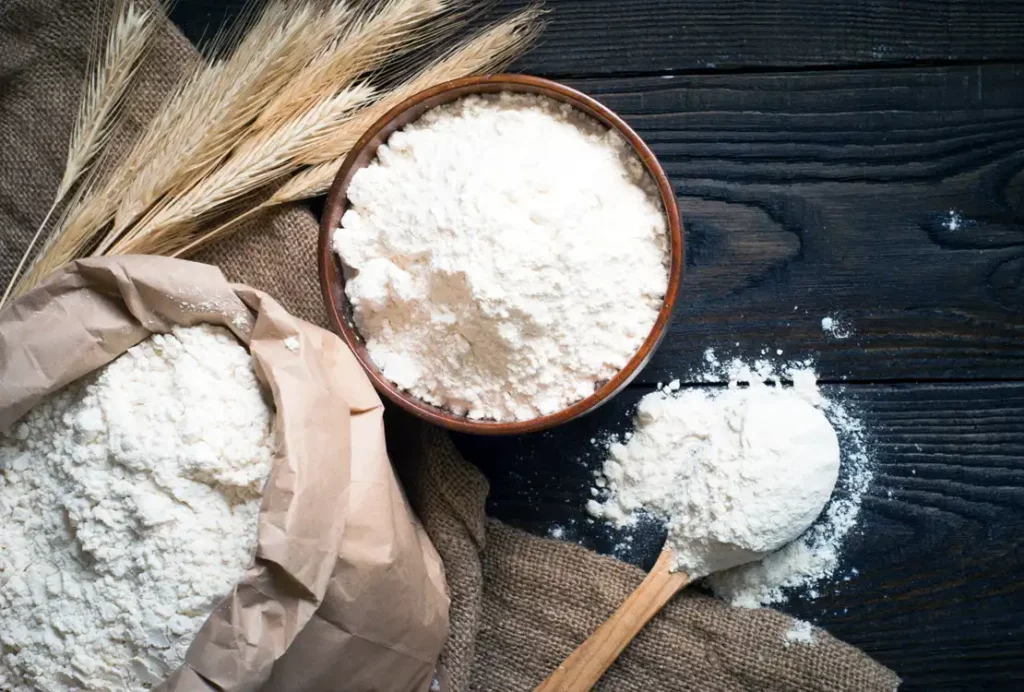
Based on their protein content, wheat flour is divided into three main types: high-protein wheat flour, medium-protein wheat flour, and low-protein wheat flour. The choice of these different types of wheat flour can significantly impact the taste and texture of the food being prepared. It’s important to distinguish between them when buying to avoid using the wrong type for a particular recipe.
Types of Wheat Flour
One well-known wheat flour producer is Bogasari, which offers three variants of wheat flour, ranging from high-protein to low-protein:
- High-Protein Wheat Flour:
In the United States, several well-known brands that produce high-protein wheat flour include:
- King Arthur Flour: King Arthur Flour is one of the renowned wheat flour manufacturers in the U.S. They offer various types of flour, including those with high protein content. This brand is often used by bread bakers and professional chefs.
- Bob’s Red Mill: Bob’s Red Mill provides various types of flour, including bread flour with higher protein levels, suitable for making quality bread.
- Gold Medal: Gold Medal is a commonly used wheat flour brand in America, and they also have high-protein variants suitable for various cooking purposes, particularly in breadmaking.
- Hodgson Mill: Hodgson Mill is a wheat flour manufacturer that produces various types of high-protein flours, ideal for making bread, cakes, and other baked goods.
- Pillsbury: Pillsbury is a well-known brand across the U.S. and offers high-protein wheat flour for various cooking applications.
These brands are trusted for their quality and are commonly used by both home bakers and professional chefs for making bread and other baked goods.
- Medium-Protein Wheat Flour
In the United States, one of the well-known brands for medium-protein wheat flour is “Heckers’ Ceresota Unbleached Flour.
- Low-Protein Wheat Flour:
In the United States, there aren’t many well-known brands specifically for low-protein wheat flour, as low-protein flour is generally less common. However, you can still find low-protein wheat flour under some brands, and they may be referred to as “soft wheat flour” or “cake flour.” One example of a brand that might have a low-protein wheat flour variant is: Swans Down: This brand is known for its cake flour or soft wheat flour variant with lower protein content, suitable for making cakes and other pastry products.
Each of these wheat flour types has distinct characteristics and is suited for different culinary applications, so it’s essential to choose the right one for your specific needs to achieve the desired results in your recipes.

PT Indofood Sukses Makmur Tbk, through the Bogasari brand, produces various types of wheat flour in Indonesia. Some of the types of wheat flour produced by Bogasari include:
- Segitiga Biru (Blue Triangle): This is a medium-protein wheat flour that is versatile and suitable for various cooking applications, including making bread, cakes, and desserts. Bogasari’s Segitiga Biru wheat flour is a medium-protein wheat flour. This type of flour is also known as all-purpose flour because of its versatile use, which includes making sponge cakes, brownies, banana cakes, sweet pancakes (martabak manis), muffins, mooncakes, croissants, puff pastries, Danish pastries, bakpia (a pastry filled with mung bean), pastel, croquettes, rissoles, and much more. Medium-protein wheat flour contains gluten ranging from approximately 10.5% to 12%.
- Cakra Kembar (Twin Circle): This is a high-protein wheat flour that is typically used for making bread with a denser and elastic texture. Bogasari’s high-protein wheat flour is called “Bogasari Cakra Kembar.” High-protein wheat flour is suitable for making bread, noodles, donuts, plain/sweet bread, and savory folded pancakes (martabak telur) due to its high protein/gluten content, ranging from 12% to 14%. It has an elastic and stretchy nature.
- Kunci Biru (Blue Key): This flour has lower protein content and is suitable for applications that require a lighter texture, such as cakes. Kunci Biru wheat flour is low-protein wheat flour. It is suitable for making various baked goods such as cookies, cakes, biscuits, layer cakes, chiffon cakes, sponge cakes, waffles, crepes, pancakes, pinch cakes, and crackers. Kunci Biru wheat flour has a non-elastic texture with low gluten content, typically ranging from only 8% to 11%. This results in a lighter and fluffy texture in the final products.
Each type of wheat flour has different protein levels, making them suitable for various cooking recipes. Bogasari is one of the leading wheat flour manufacturers in Indonesia and provides various variants to meet the needs of a wide range of consumers.
How to Choose Wheat Flour
In addition to the wheat flour brands mentioned above, there are many other wheat flour products in the market from different manufacturers and brands. As consumers, it’s essential to be discerning when selecting wheat flour to ensure that the flour we consume is safe and results in delicious food. Here’s how to choose wheat flour:
- Select According to Your Needs: As mentioned above, wheat flour is categorized into three types based on its gluten or protein content: low, medium, and high-protein wheat flour. You should choose the type of wheat flour that aligns with the recipe for the baked goods or food you intend to make. Selecting the right type is crucial because using the wrong one can lead to food not turning out as expected.
- Pay Attention to Texture and Color: When buying wheat flour, try to observe its texture, color, and aroma. You can do this by taking a handful of the flour. If it feels smooth, it typically indicates good-quality wheat flour. Safe-to-consume wheat flour often has a slightly brown color originating from whole wheat. Avoid wheat flour with a musty smell, as it may be expired and rancid.
- Choose Certified Products: Safe-to-consume wheat flour is certified, ensuring that the flour’s processing adheres to health and food safety standards. Therefore, opt for wheat flour products with certification from the relevant authorities, such as BPOM (Badan Pengawas Obat dan Makanan, the Indonesian Food and Drug Authority). If the wheat flour is imported, choose products that have received certification in their country of origin.

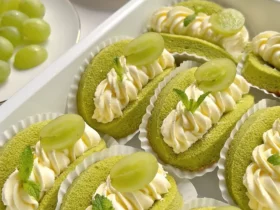
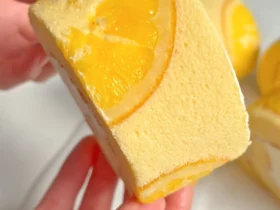
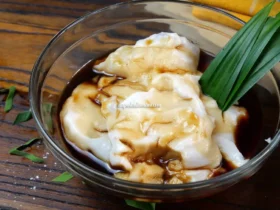
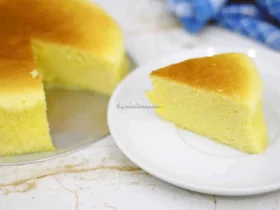
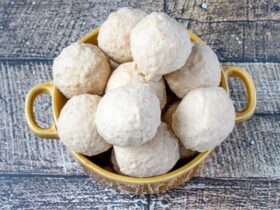
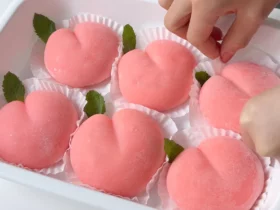
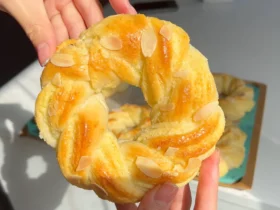
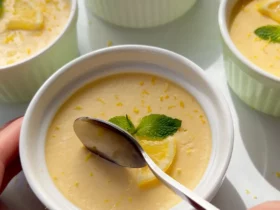
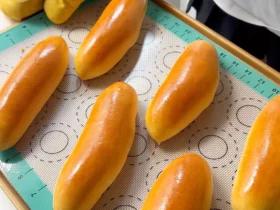
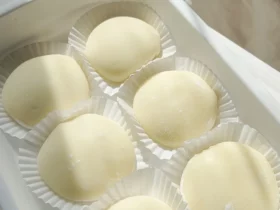
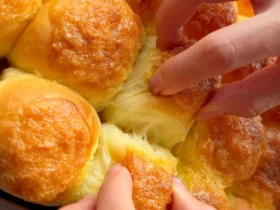
Leave a Review